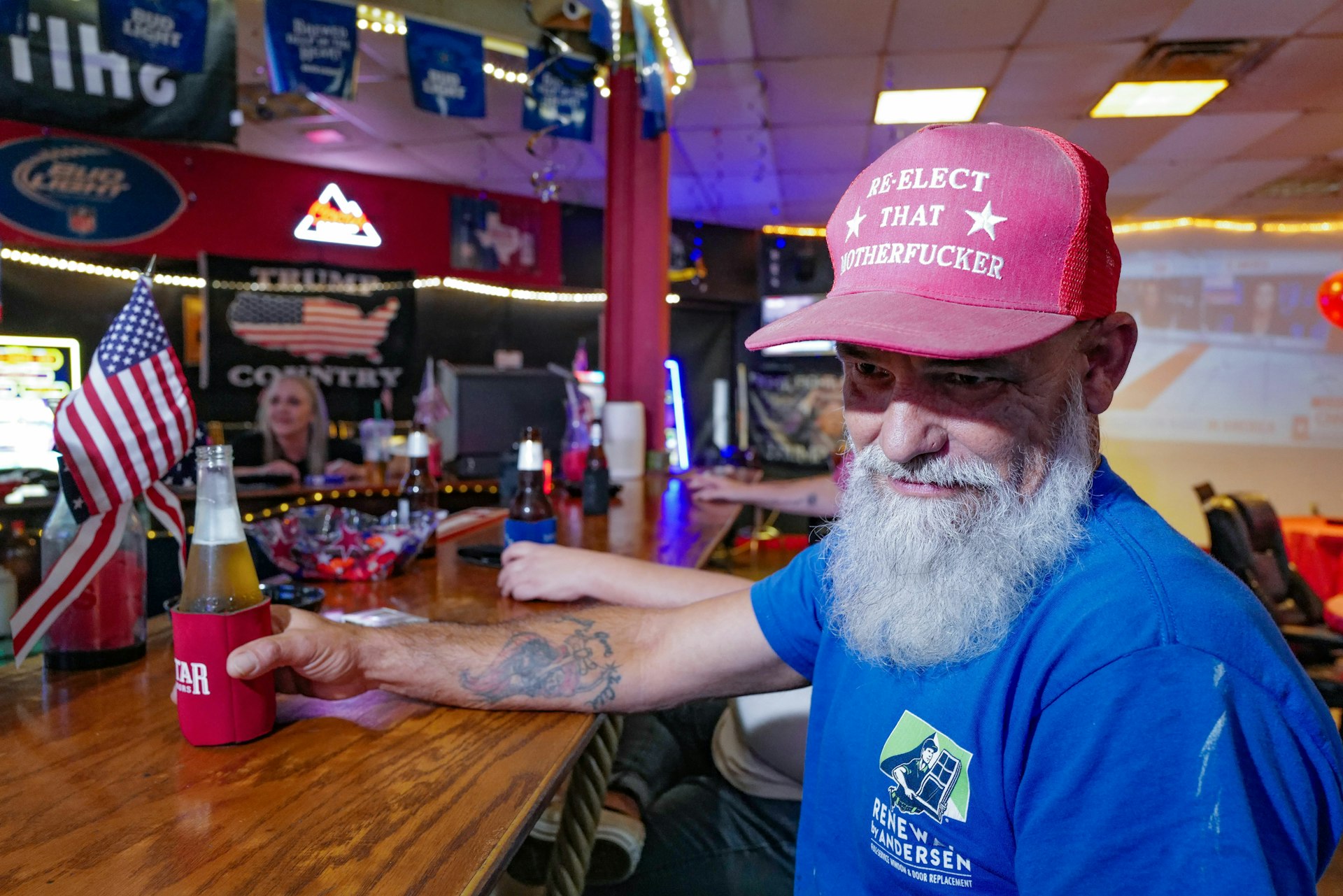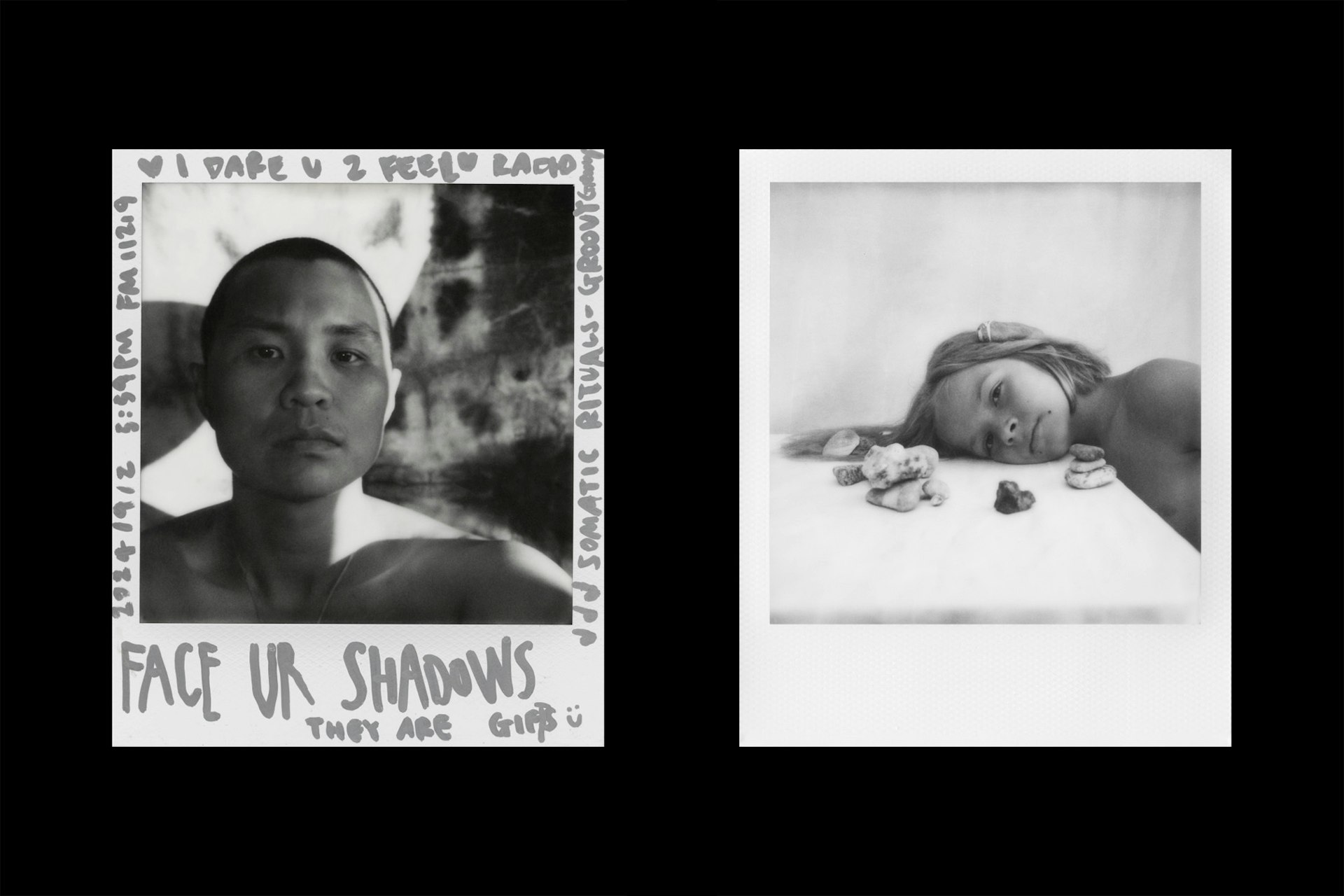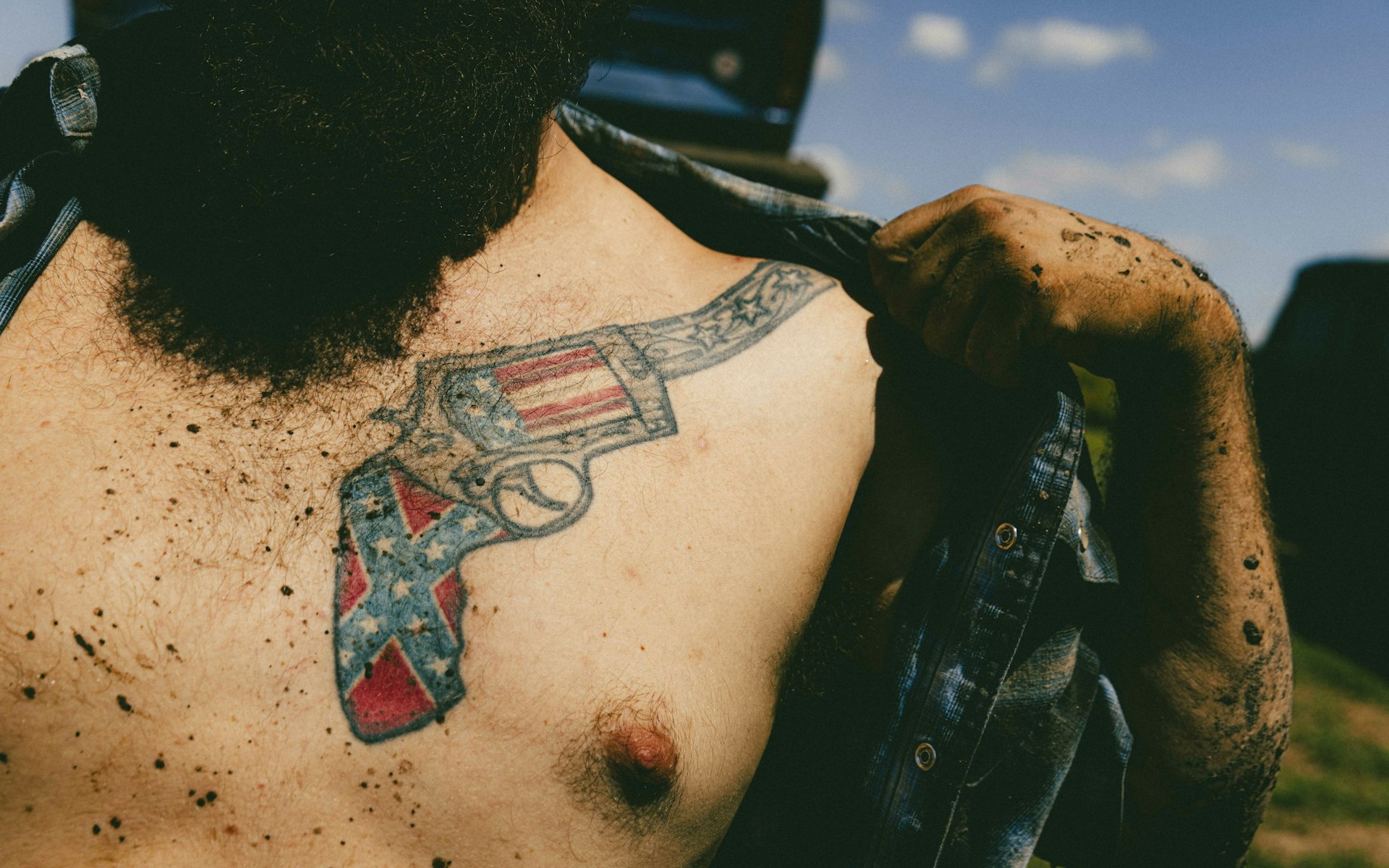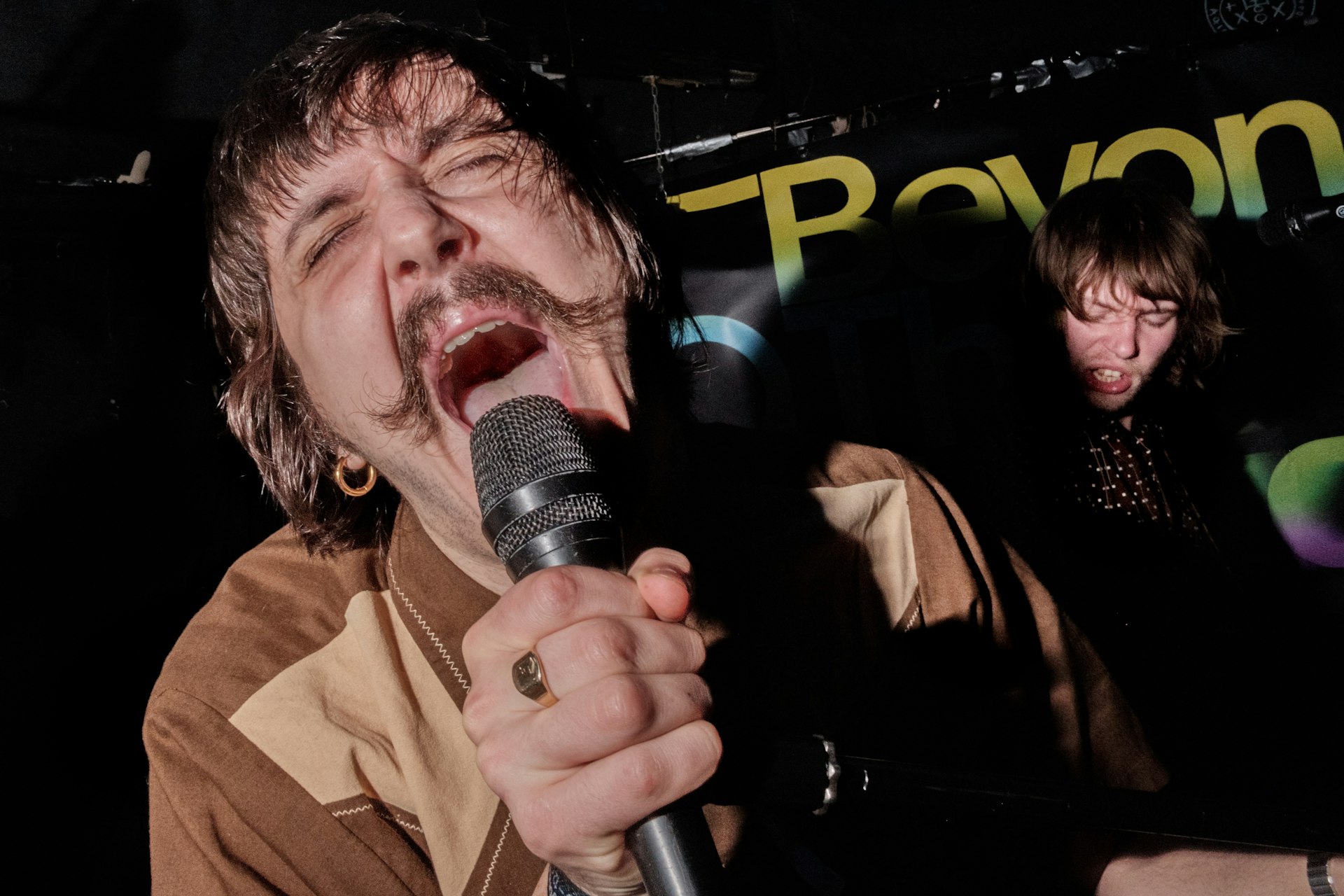Travelling the world with Jean-Michel Basquiat
- Text by Miss Rosen
- Photography by Lee Jaffe (main image)

In July 1983, cross-disciplinary artist, musician, and poet Lee Jaffe met Jean-Michel Basquiat at an exhibition opening at the Los Angeles County Museum of Art. “He was very charismatic. The way he looked and moved just lit up a room,” remembers Jaffe, who had been a member of Bob Marley’s band during the mid-’70s.
While chatting, Basquiat learned Jaffe had produced Peter Tosh’s 1976 album Legalize It – a record the young painter loved so much that he had worn out the grooves on the vinyl. “We had this really strong connection right away,” says Jaffe.
While bonding over music, Basquiat mentioned he was planning to fly to Japan the next day and invited Jaffe along, launching what would become a globe-trotting tour. Together they travelled from Tokyo to Kyoto via bullet train then on to Bangkok and St. Moritz before returning to New York, where Jaffe continued to photograph Basquiat as his star rose.

JeanMichel Basquiat at work in St. Moritz, Switzerland. Photo by Lee Jaffe
Jaffe would drop by Basquiat’s new studio on Great Jones Street late at night, and they would smoke and talk about poetry, music, and philosophy while Basquiat continued to paint. In the new book Jean-Michel Basquiat: Crossroads (Rizzoli), selections from which will be on view in King Pleasure, Jaffe looks back at his remarkable friendship with the artist just as he catapulted into the stratosphere.
Watching Basquiat work, Jaffe was reminded of his time with Bob Marley. Jaffe would play harmonica with Marley on acoustic guitar, effortlessly writing songs that would become classics. “They both had this aura of being divinely inspired,” Jaffe recalls. “He was making music all the time and Jean was painting all the time. It seemed like it was coming from another worldly place and was just passing through them.”
Describing Basquiat’s studio as “ordered chaos,” Jaffe watched him prepare for a major 1984 exhibition at Mary Boone Gallery in Soho just as the art market bubble began to swell to new heights. Despite the influential Black Arts Movement of the 1960s and ‘70s, Basquiat was the first Black artist to break through the historically exclusionary New York art world since Romare Bearden and Sam Gilliam exhibited at the Museum of Modern Art in 1971.

Bob Marley and Lee Jaffe, Chelsea Hotel, NYC 1973. Photo by Peter Tosh

Lee Jaffe and Jean Michel Basquiat: Carmel, New York, 1983. Photo by Paige Powell
Possessed with a social consciousness that seemed antithetical to the neoliberal art world, Basquiat used his work to bring attention to issues of race, police brutality, slavery, colonialism, and social injustice. “He fit into this ‘noble savage’ image that he was fighting against, so there was a tension between him and the art world – but the art world needed someone like him,” says Jaffe.
Nearly 35 years since Basquiat died, his work continues to break records at auction year after year – a far cry from where he began as a student at New York’s High School of Art & Design writing SAMO® on the streets alongside Al Diaz.
“He opened the door at a time when hip hop was starting to become popular music,” says Jaffe. “Both Jean and Bob had this ability to distil current events and make multi-levelled comments on it. There is nothing naive about their work.”

JeanMichel Basquiat: Carmel, New York 1983. Photo by Lee Jaffe

Jean-Michel Basquiat shooting the installation of Lee Jaffe’s sculpture “Inverted Oak” Carmel, New York 1983. Photo by Lee Jaffe

Jean-Michel Basquiat: King Pleasure is on view at RXR’s Starrett-Lehigh Building in New York beginning 9 April 2022.
Follow Miss Rosen on Twitter.
Enjoyed this article? Like Huck on Facebook or follow us on Twitter.
Latest on Huck

Picking through the rubble: Glimpses of hope in the US election results
Clambering through the wreckage of the Harris campaign, delving deeper into the election results and building on the networks that already exist, all hope is not gone writes Ben Smoke.
Written by: Ben Smoke

US Election night 2024 in Texas
Photographer Tom “TBow” Bowden travelled to Republican and Democratic watch parties around Houston, capturing their contrasting energies as results began to flow in.
Written by: Isaac Muk

In photos: “Real life is not black and white” – Polaroid x Magnum Open Call winners
See pictures from the competition organised by two titans of contemporary photography, which called upon artists to reject the digitalisation and over-perfectionism of our modern world, technology and image-making.
Written by: Huck

In photos: Rednecks with Paychecks
‘American Diesel’ is a new photo series that looks at the people, places and culture behind the stereotypes of rural America.
Written by: Ben Smoke

How do you solve a problem like the music industry?
Beyond the Music is a conference and grassroots festival bringing together people from across the industry to try and grapple with the biggest issues facing it.
Written by: Ben Smoke

Laura Crane is waving goodbye to sexism in surfing
The first UK woman to surf the legendary big wave spot Nazarè, Crane is surfing the sea change in the sport and beyond.
Written by: Sam Haddad